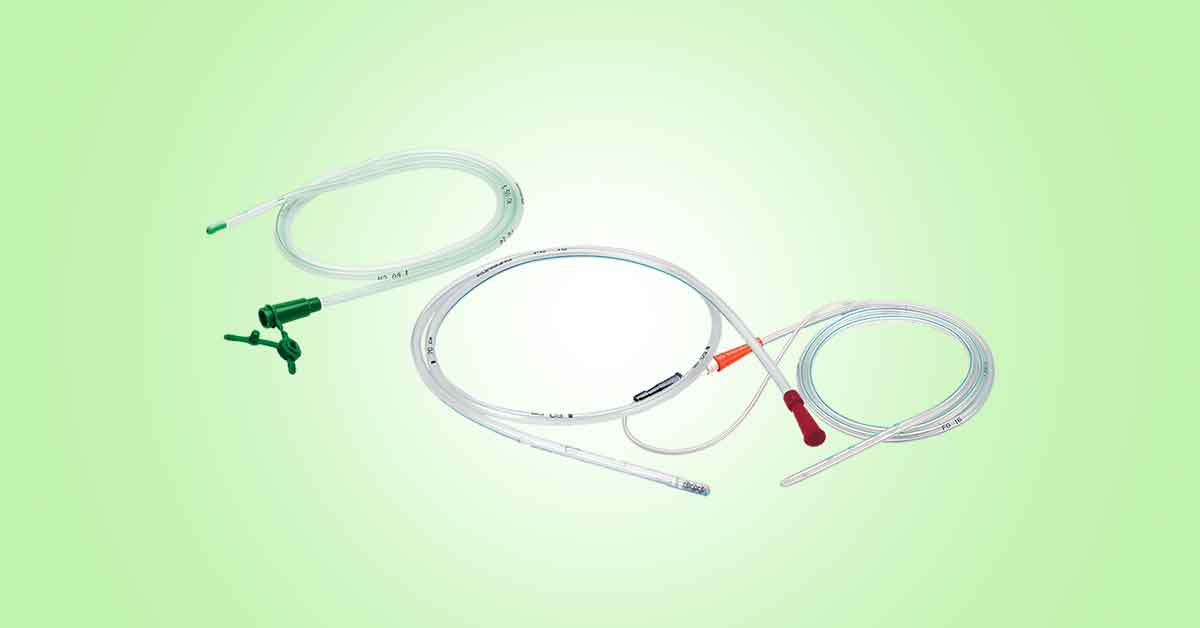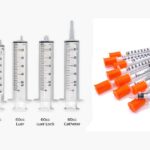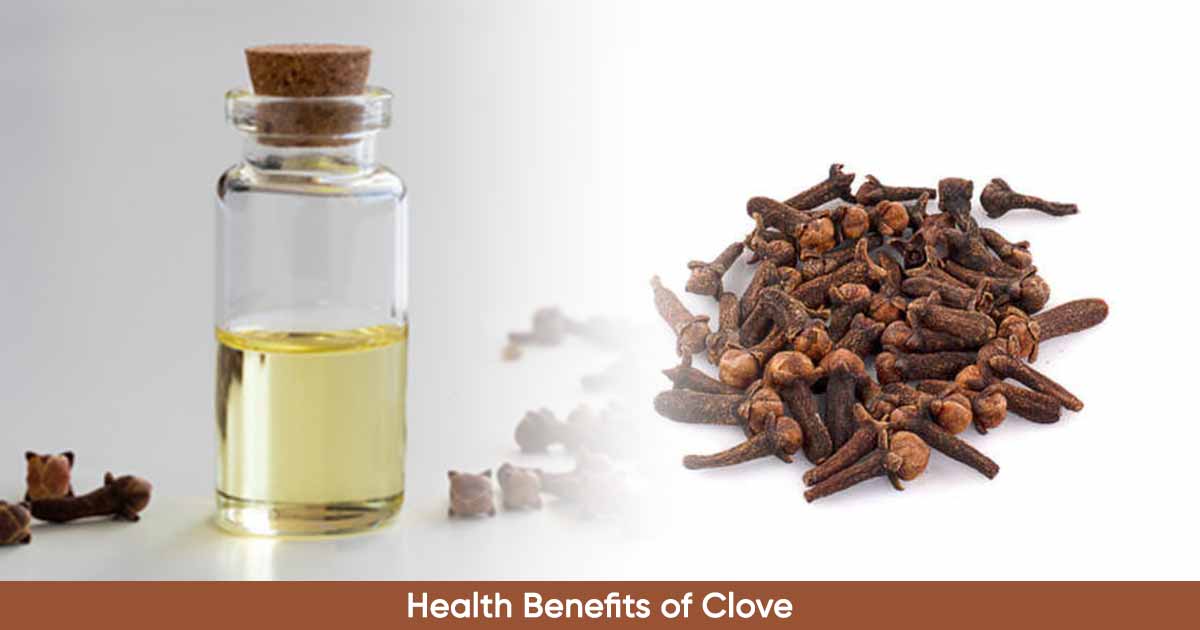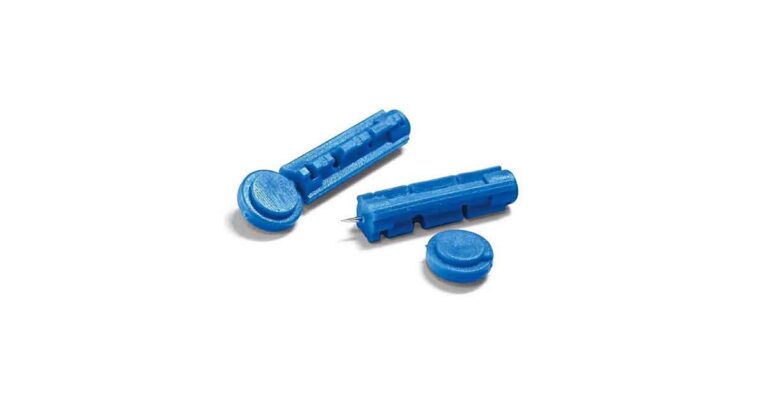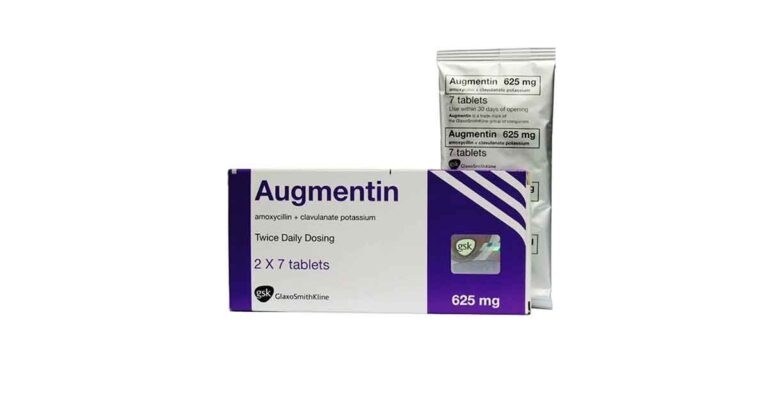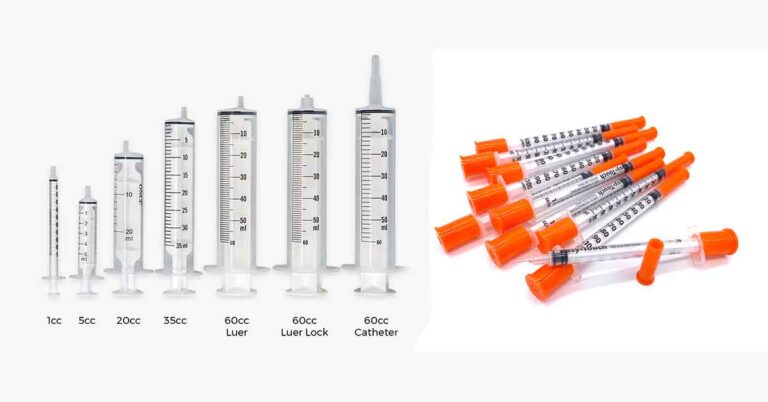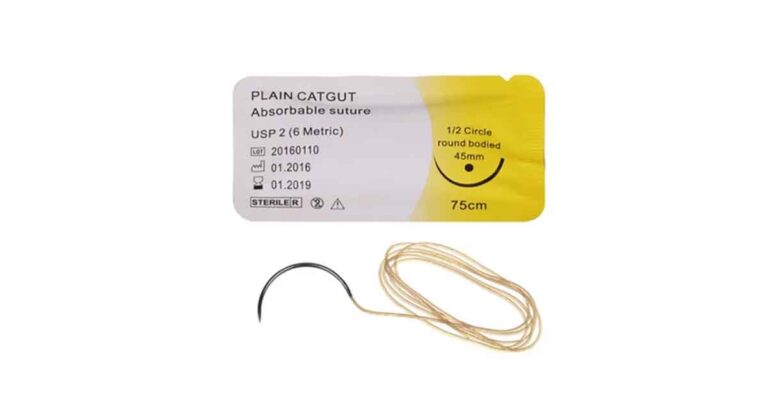Nasogastric tube (NG tube) can be of different types, and is used for various purposes. It is a flexible plastic tube which is inserted through the nostril down the posterior oropharynx, and inside the stomach or the upper part of the small intestine.
NG tube is used to decompress the stomach in intestinal obstruction or ileus, and to administer food nutrient or medication to patients at the danger of aspiration or those who are unable to take it orally.
Nasogastric tube is similar to orogastric (OG) tubes in function and handling, though, OG tube is inserted through the mouth, and not the nostril, and is more suitable for patients receiving mechanical ventilation.
The healthcare giver who is inserting the nasogastric tube should have a thorough knowledge of the anatomy and physiology of the nose, esophagus, pharynx, and stomach.
The insertion of NG tube is through a clean (not sterile), “blind” procedure, as the clinician cannot see where the tube is going inside the patient body.
During swallowing, the upward movement of the larynx and closing of the epiglottis over the glottis, prevents the aspiration of the food and fluid into the trachea. This movement is utilized by healthcare givers during the insertion of the NG tube.
The patient is asked to swallow water or ice chip when the NG tube passes beyond the back of the oral cavity (oropharynx). The swallowing causes the rising and falling of the larynx and the opening and closing of the epiglottis can help the NG tube passage beyond the laryngopharynx toward the esophagus. The patient can tuck their chin to allow easy passage.
Insertion of NG Tube
The insertion of the NG tube is done by a qualified healthcare professional. The patient is provided with mouth rinses. A lubricant is applied to the lips and nostril. The catheter is lubricated till where it touches the nostril, as the patient’s nose can be irritated or dry.
The NG tube is inserted by passing through the nose, along the nasal floor, through the pharynx and down the esophagus until the proximal tip of the tube rests in the stomach of the patient.
To ensure the NG tube is in the stomach, aspirate a small amount of stomach contents, or use X-ray. Also make sure the disposable gloves are donned when carrying out the procedure. There are different procedures for the insertion of NG tube in a patient who is awake, and another procedure for an anesthetized or sedated patients.
Watch the video on how to insert the NG tube here or here.
Types of NG Tubes
Most NG tubes are made of materials such as PVC, silicone and polyurethane to allow flexibility. The universal system for tube diameter is the French gauge (Fr), also called Charrière scale (Ch). Larger Fr has wider external tube diameter. One Fr increment equals 0.33 mm in diameter.
Two main types of NG tubes are used: the single-lumen tubes (Levin) and the double-lumen sump (Salem’s sump) tubes. The single-lumen tubes are mostly used for decompression, while the double-lumen sump tube is best for continuous lavage or irrigation of the stomach.
For feeding, the tubes between 8 Fr and 12 Fr are mostly used, while larger ones above 12 Fr are used for drainage. Small bores are preferable as they are more comfortable and prevent complications like rhinitis, oesophageal reflux, oesophagitis and oesophageal stricture.
Sizes:
- 3.5 Fr — neonates
- 12 Fr — older children
- 16 to 18 Fr — adults
- 24 Fr — triple-lumen gastric feeding/drainage tubes
NG Tube Color Codes
- 6 Fr—Light Green
- 8 Fr—Blue
- 10 Fr— Black
- 12 Fr— White
- 14 Fr— Green
- 16 Fr— Orange
- 18 Fr— Red
- 20 Fr— Yellow
- 22 Fr— Violet
- 24 Fr— Light blue
There are basically two types of nasogastric tubes based on uses:
- NG tube for decompression
- NG tube for feeding
NG Tube for Decompression
A nasogastric tube can be used to decompress the stomach and keep it empty in patients with distal bowel obstruction or ileus, two situations where the normal peristalsis is altered. This is done till peristalsis is normalised.
The decompression with NG tube is for a maximum period of than 3–4 weeks to reduce the risk of mucosal injury and infection. If needed beyond this duration of time, a jejunostomy tube should be considered.
The bowel obstruction is caused by mass, hernia, impacted stool, adhesion, twisting of the stomach or intestine, or when one intestinal segment telescopes inside another.
Bowel obstruction hinders the normal passage of fluids such as saliva, gastric, hepatobiliary and enteric fluids, resulting in buildup and complications like abdominal distension, pain, and nausea. The nausea can cause vomiting and also put the patient at the risk of aspiration.
Ileus can occur after abdominal or retroperitoneal surgery, or in patients with septic shock or mechanical ventilation. Other causes include opioid use, sepsis/peritonitis, pneumonia or abscess, peritoneal carcinoma, hypokalemia, bleeding, and when there is delayed enteral nutrition or NG tube placement.
It decreases or stops the flow of intestinal content. It manifests 3 to 5 days after the surgery, and lasts 2 to 3 days. Firstly, the small bowel, then the stomach, and colon returns to normal function respectively.
The NG tube for decompression is a double-lumen, rigid tube. It has a large lumen for suction, and a smaller lumen, which acts like a sump. The sump (Salem Sump) allows air entry, preventing suctioning of the gastric mucosa into the eyelets at the tube’s distal tip tube or obstruction of the fully collapsed stomach.
Sizes and Types
The NG tube for decompression is a double-lumen, rigid tube. It has a large lumen for suction, and a smaller lumen, which acts like a sump. The sump (Salem Sump) allows air entry, preventing suctioning of the gastric mucosa into the eyelets at the tube’s distal tip tube or obstruction of the fully collapsed stomach.
Nasogastric tube for decompression has bore sizes with ranges 6 to 18 French. The most used sizes are 14 to 16 French. The air vent is the blue pigtail, and should not be clamped, connected to suction, or used for irrigation.
NG Tube for Enteral Nutrition and Medication Administration
NG tube for enteral nutrition and medication administration is used in patients with functional gastrointestinal tract, but cannot chew, ingest, or swallow food safely. It is used in patients who suffered from cerebrovascular accidents like stroke which cause an issue with swallowing.
Other uses of nasogastric tube are in coma or a sedated client on a ventilator, to prepare a malnourished patient for major abdominal surgery. Also, used after the upper gastrointestinal surgery where the surgical connection between parts of the intestine must be protected in the initial postoperative period.
An orogastric tube (OG tube) can be used similarly as NG tube as they have similar indication and handling.
NG tube is used as a temporary nutritional support. If the patient does not recover the swallowing ability, a permanent solution like gastrostomy or jejunostomy feeding tube is used.
The nasogastric tube for feeding and administration of medicine is softer and has a single lumen, unlike the type for decompression.
Sizes and Types
They have a bore size ranges of 8 to 12 French. They can be a Levin tube or a Dobhoff tube. The Levin tube has a simple, small diameter.
The Dobhoff tube, named after the two physicians who created it, Drs. DOBbie and HOFFmeister, is a special type of feeding tube, that is more comfortable, flexible and has a small-bore. A guide wire, called a stylet is used to insert the tube correctly, and removed after insertion.
This type of tube has a weight on the end, allowing gravity and peristalsis to help advance the end of the tube past the pylorus. It provides an additional barrier, to reduce aspiration risk as the medicine or nutrition is given. It is not designed for suctioning but feeding.
Main Uses of NG Tubes
Some clinical uses of the nasogastric tube include:
- To give medication and nutrient to a patient
- Decompress the stomach and gastrointestinal tract, therefore relieving distention due to bowel obstruction, ileus, or atony.
- In gastrointestinal bleeding to remove blood from the patient
- To prevent aspiration by emptying the stomach
- To remove ingested toxin, and to administer antidotes like activated charcoal
- Obtain gastric content sample when assessing the volume, bleeding, or acid content
- To administer oral radiopaque contrast agents
Contraindication
Do not insert the NG tube in cases like:
- Esophageal obstruction, such as a neoplasm or foreign object.
- Significant facial trauma.
- After a recent nasal, throat, or esophageal surgery as it can worsen the tissue trauma.
- Basilar skull fractures.
- NG tube should be placed under endoscopy in patients with previous gastric bypass surgery, hiatal hernia repair, or abnormal GI anatomy
Complications of the NG Tubes
Nasogastric tube insertion can cause discomfort, bleeding in the nose, and sinusitis. This resolves gradually after the removal of the tube. Other moderate to severe complications include:
- Mucosal pressure injury to the openings of the nose
- Trauma or erosion of gastric mucosa, nasal cavity.
- Result in trauma to the larynx, esophagus, and stomach during insertion
- Perforation of the esophagus
- Wrong placement in the trachea can lead to pleural injury, pneumothorax, tracheobronchial aspiration, pneumonia, and death.
References
- https://www.ncbi.nlm.nih.gov/books/NBK594494/
- https://rk.md/2020/common-types-of-adult-nasogastric-tubes-ngts/
- https://www.compat.com/ngt-selection/
- https://nurseslabs.com/nasogastric-intubation/

